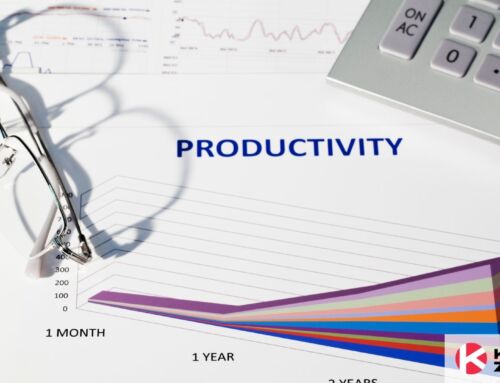
In today’s business landscape, organizations are increasingly dedicated to establishing a flourishing work environment that nurtures employee engagement and boosts productivity. Engaged employees tend to be more motivated, committed, and productive, ultimately leading to profitable business outcomes.
To support this objective, many companies are embracing software for employee engagement that serves as a means to drive employee involvement and foster a workplace culture. In this blog post, we will delve into the features of employee engagement software and how they contribute to creating a thriving work environment.
1. Employee Surveys and Feedback Channels
One of the functionalities of engagement software is its ability to collect employee feedback through surveys and channels. This enables organizations to gain insights into their employee’s needs, concerns, and ideas. By seeking employee input, companies can show appreciation for their opinions and dedication to addressing any issues raised. This approach empowers employees by making them feel heard and involved in shaping the work environment.
2. Performance Management and Goal Establishment
Effective performance management is an essential element in cultivating an engaged workplace. Engagement software commonly incorporates functionalities that enable organizations to establish objectives, monitor progress, offer real-time feedback, and conduct performance evaluations. Organizations can streamline the process, ensure consistency, and provide feedback to their staff members by implementing an automated system for managing employee performance. This contributes to boosting employee engagement and enhances transparency and accountability throughout the organization.
3. Acknowledgment and Incentives
Acknowledging and rewarding employees for their accomplishments is a means of enhancing engagement and motivating them. Engagement software typically includes features that allow organizations to create recognition programs, track employee achievements, and distribute incentives. With the assistance of engagement software, organizations can implement an equitable system for acknowledging and celebrating their employee’s successes. This fosters a culture of appreciation and gratitude, contributing to a workplace where employees feel valued and motivated.
4. Learning and Development Opportunities
Investing in employee development is crucial for cultivating a workplace environment. Engagement software often encompasses functionalities that grant access to learning resources, online courses, and training modules. This empowers employees to continually enhance their skills and knowledge base while facilitating personal and professional growth. Through opportunities for learning and development, organizations demonstrate their commitment to fostering the growth of their employees while empowering them to unlock their potential. Not only does this improve engagement, but it also increases retention rates and strengthens the organization’s talent pipeline.
5. Tools for Social Collaboration and Communication
Effective communication and collaboration play a role in fostering a workplace. Engagement software often includes chat platforms, discussion boards, and social networking tools that enable employees to connect, share ideas, and collaborate on projects. Organizations can break down barriers, encourage knowledge sharing, and foster innovation by promoting a collaborative work environment. This cultivates a sense of belonging and camaraderie among employees, resulting in elevated levels of engagement and productivity.
6. Support for Wellness and Achieving Work-Life Balance
Prioritizing employee well-being and achieving work-life balance is crucial for creating a supportive workplace. Engagement software often incorporates features that promote wellness initiatives, such as wellness challenges, meditation sessions, or online fitness programs. Additionally, some platforms provide tools that help employees manage their schedules, request time off, or access resources related to work-life balance. By placing importance on employee well-being and offering support in attaining work-life balance goals, organizations can create a supportive work environment that contributes to increased job satisfaction.
7. Utilizing Data Analytics and Reporting
Measuring, tracking, and analyzing employee engagement is essential for improvement.
Engagement software typically comes with analytics and reporting tools that provide insights into employee engagement levels, sentiment analysis, and improvement areas. Using this data, organizations can spot trends, identify areas of concern, and take steps to address them. Furthermore, data analytics can assist organizations in evaluating the impact of initiatives, enabling them to make decisions and continually enhance their engagement strategies.
Conclusion
Building a thriving workplace necessitates prioritizing employees’ needs, growth, and well-being. Engagement software offers a range of features that support organizations in cultivating a culture of engagement, collaboration, and ongoing enhancement. By utilizing these features, organizations can establish a work atmosphere that attracts and retains top talent and drives employee engagement, productivity, and overall business success.
This was a guest blog. Please review our guest blog disclaimer.
Learn to Work Smarter, Not Harder!
Get our top articles weekly.
Table Of Contents
Discover many more posts…







